A Future Perspective on Affordable Precision of Artillery
- In Military & Strategic Affairs
- 10:08 PM, Nov 01, 2022
- LT GEN P R SHANKAR (Retd)
As per New York Times “Ukraine now has an edge in both range and in precision-guided rockets and artillery shells, a class of weapons largely lacking in Russia’s arsenal and that Ukraine Is Turning the Tables in an Artillery War. The Ukraine Conflict has repeatedly taught us war is a grisly affair in which an edge in precision/accuracy and range of Artillery will win the day. These two defining features will be sorely needed in the Indian Artillery to keep its adversaries at bay across the Himalayas. The ability to reach deep into enemy territory is within our grasp through indigenous technologies both for rockets and guns. Our problem - how does this extended range become precise/accurate? We simply do not have adequate technology for it. That is – if we think conventionally. For purposes of understanding, accuracy is required for area targets and precision is required for pinpoint targets.
Achieving precision/accuracy on the battlefield at long ranges beyond 30 km is a complex task. Conventional military thinking suggests that cutting-edge precision technologies are niche, complicated and costly. If intelligence (sensors and seekers) is added to precision, the complication compounds. Technologies if bought would be too costly. For instance, the cost of a dumb 155 mm projectile is around ₹ 1lakh. A semi-precise round with a precision guidance kit (PGK) is about ₹10 lakhs. Precision ammunition like the 155mm Excalibur ammunition is around ₹100 lakhs. If an intelligent seeker head is incorporated the whole cost could be doubled/tripled. In any case, no one will part with such technology.
There are further questions. How much precision ammunition (loaded with intelligence) can any nation afford? Which is that target and its nature which warrants such an expenditure? What will be its effect on the battlefield if that target is destroyed or left otherwise? Even if one can afford precision ammunition, its efficacy decreases with age geometrically, experience also suggests that precision ammunition may not be that precise or effective.
In practice, it might take 2-3 rounds to be fired to achieve a pinpoint hit. The major problem with precision ammunition is that, if it fails, there is no fallback. You can do nothing about it except blame the technology. The bigger problem is that it dulls your brain and inhibits innovation on the battlefield, which often is the difference between victory and defeat.
Many times, the investment is a colossal waste, if you do not use it during its shelf life! We experienced all of this with the Krasnopol ammunition which we imported from Russia. We had to dump the whole lot without firing a shot in anger. We need different ways to skin a cat.
This problem has now come to the fore again in our quest for extending the range of Artillery through ramjets. Long-range 155mm guns like the Bofors, M777, K9 Vajra and ATAGs with a capability to fire beyond 30 km at high altitudes will also be inaccurate and consequently ineffective on the target. Precision and accuracy become elusive as the range keeps extending. Paradoxically precision and accuracy are needed more as ranges keep increasing!
There are two reasons for this. Firstly, as ranges increase, the dispersion of an unguided projectile at the target end also increases. In high altitudes, the effect is more pronounced. Secondly, extended ranges mean that we are engaging deep into enemy territory where the target is not visible! Also at such deep ranges, observation of fire is almost impossible. We are virtually firing in the dark. However, the net fact is that on one hand precision is the need of the hour as we extend ranges of engagement.
On the other hand, it is complicated technology and a costly proposition – both are inhibitors to most nations. How does one balance these opposing requirements? It is OK if you are Ukraine, and have a benefactor like Uncle Sam who is providing you wherewithal free of cost to progress his own interests. For a country like India which wishes to remain strategically independent and does not have military benefactors, the costs of precision are almost unaffordable. Our high-octane concept of Atmanirbharta through technology transfer will bleed us financially. So, what do we do? Should we sell our souls like Ukraine has done or do we innovate? WE INNOVATE. But how?
At the outset, it is important to understand that in most cases, it is more necessary to be accurate than precise. Further, as we get into the depth of a battlefield, the targets which require accurate engagement are far more than those which require pinpoint precision engagements. Hence the priority is to be accurate and effective on area targets at extended ranges. However, at present, we do not have that capability except through precision technologies.
Another very important factor is that precision technologies incorporating control and guidance systems complicate the design of a projectile. They have a negative effect on reliability, lethality, cost and simplicity of design. Hence the need is to go back to basics. The entire idea needs to be to impart precision/accuracy to a dumb shell externally rather than stick to converting it into a precision mechanism internally.
The fundamental reason for a shell to drift from its intended path are four meteorological factors – wind (speed and direction), temperature, atmospheric pressure and humidity. If these are known the projectile can be corrected so that it lands on/near the target. Hence, meteorological conditions need to be ascertained/obtained accurately. These are obtained traditionally by the release of a balloon with a radiosonde which senses the conditions and transmits meteorological data as it ascends into the atmosphere. The process takes about 30-45 minutes to complete. It is valid up to a 10- 20 km radius from the point of launch of the radiosonde, for about 1-2 hours depending upon terrain and prevalent conditions. This is grossly inadequate in high altitudes since the ranges of modern projectiles are in the region of 40-60 km and meteorological vary from valley to valley.
With targets deep in enemy territory, it is also impossible to launch meteorological balloons across borders. The first step in precision targeting, therefore, is to innovate to obtain meteorological conditions across the border deep in enemy territory. Hence a meteorological projectile needs to be developed in which the radio sonde is brought down from the desired height rather than launching from a ground-based station. This concept will enable us to obtain and develop meteorological conditions across the entire trajectory. However, the story does not end there.
In high altitudes just catering for meteorological conditions obtained from radio sonde data might not meet the bill. However, it does two things. It enables dumb shells to be fired at the target with a reasonable degree of accuracy. It also reduces the demands on guidance systems to course correct through the whole trajectory. Guidance can then be used as a last-mile connectivity kit to hit the target.
This is very important for a course correction system like the PGK which has a very limited ability to steer and keep the projectile on the intended course. This is especially true at long ranges where the projectile has to ascend to heights beyond 30000 feet and overcome varied and turbulent meteorological conditions to stick to the course.
Old gunners know that once a target is engaged accurately, the difference in data between the initial trajectory which was used to fire upon the target and the final trajectory with which the target was engaged accurately can be used for a couple of hours for engaging other targets in the near vicinity. The difference in data can be used in a linear manner to engage other targets precisely. This is known as the ‘Datum Principle’.
For many of us old-school gunners, the Datum Principle was a gold standard to achieve accuracy. If this principle is used innovatively and intelligently with new technologies, it will enable accurate target engagement in depth. While this method does not lead to pinpoint/precision engagement, it gives you deadly accuracy for even small targets.
In order to effectively engage targets using the datum principle, there are two options. One can fire a dumb shell at an imaginary point and track it using a weapon-locating radar to construct the real trajectory. The difference between the real (tracked) and the intended trajectory is the correction required to hit the target. One can retrack the shell when the target is being engaged with corrected data to confirm that it has landed on the target.
India is one of the countries which has the luxury of an indigenously produced weapon-locating radar that functions well in high altitudes. Hence this is more than a feasible option. The second option is to use a dummy shell loaded with a GPS/INS system, ballistically matched with a normal shell. It can constantly transmit its location data to a ground station through telemetry. That way, the location coordinates of the intended target can be compared with the coordinates of the shell burst and duly corrected.
Application of the datum principle will enable the engagement of a wide swathe of targets pretty accurately. The telemetry option will ensure greater accuracy and even offer precision capability under some conditions. The greatest advantage of both these methods is that they are very cost-effective. However, such engagements need some planning, preparatory work and coordination.
This does not preclude us from undertaking the development of precision-guided kits or full guidance systems for our extended-range artillery. Such technologies are required indigenously without a doubt. That is an effort that has already commenced. It is clocking satisfactory progress. It should and will continue. The sum total of this article is that there is no singular method or technology to achieve precision or accuracy.
A host of methods are available to hit the target accurately. All these must be progressed under a program. We must have multiple options at hand so that the target is destroyed at the least cost and effort. The idea is also not to fixate on oneself. We need horses for courses approach. The Indian Army needs to start a program to invest and procure enough ‘desi’ horses so the course is taken out of the equation. Let us not fixate ourselves on a costly horse from the USA which cannot run on the Himalayan course.
Yes, I am referring to the Excalibur ammunition and PGKs which we have imported. The faster we can get off depending on the import of such ammunition, the better off we will be.
I will look forward to young military men, especially gunners ‘on ground’, buzzing with ideas, to give me some feedback so that these thoughts can be converted into reality. It does not preclude wise old military men and veterans from weighing in. I intend to convert this into a realistic capability for Armed Forces. Our team at IIT Madras has been ideating and thinking about it. We have discussed it in outline with those who matter. We need to formulate a clear program for achieving Precision and Accuracy through indigenous technologies.
Image source: Business Standard
Disclaimer: The opinions expressed within this article are the personal opinions of the author. MyIndMakers is not responsible for the accuracy, completeness, suitability, or validity of any information on this article. All information is provided on an as-is basis. The information, facts or opinions appearing in the article do not reflect the views of MyindMakers and it does not assume any responsibility or liability for the same.



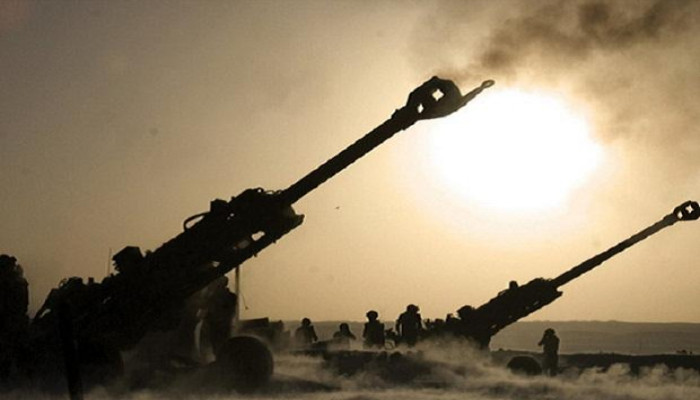
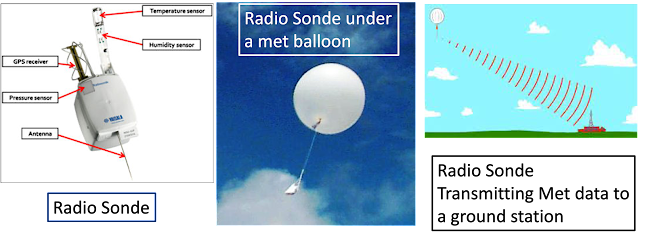
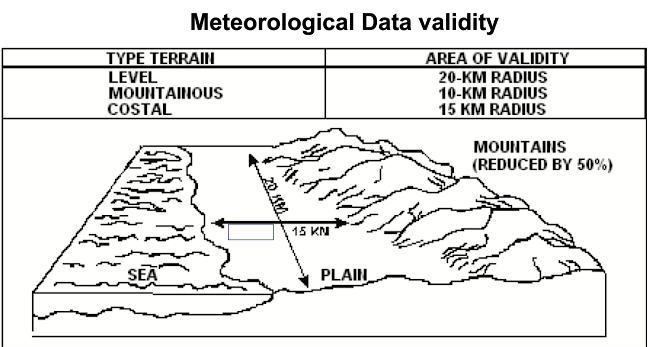
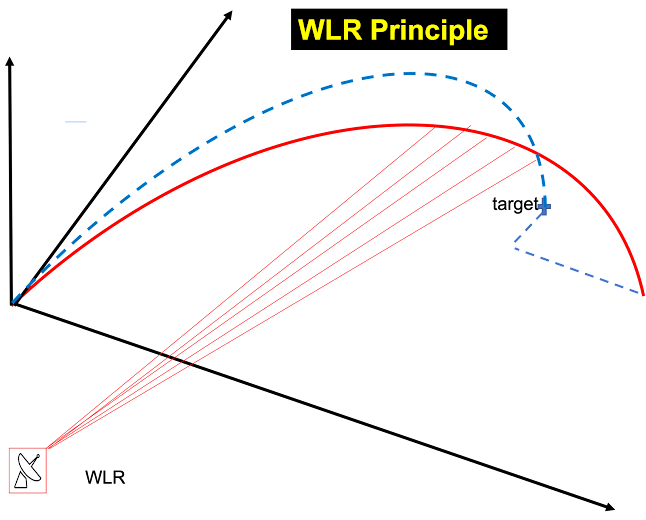
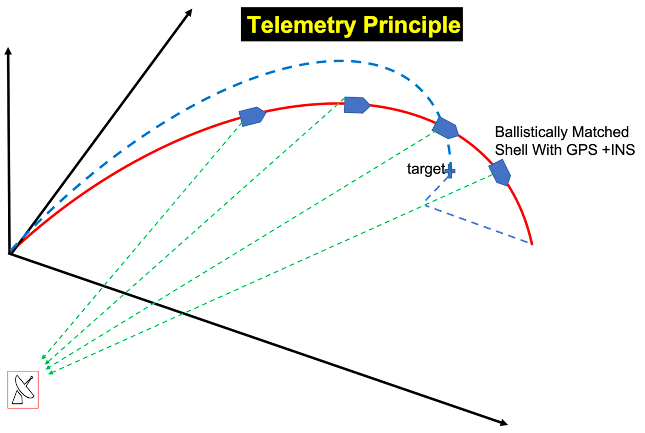



Comments